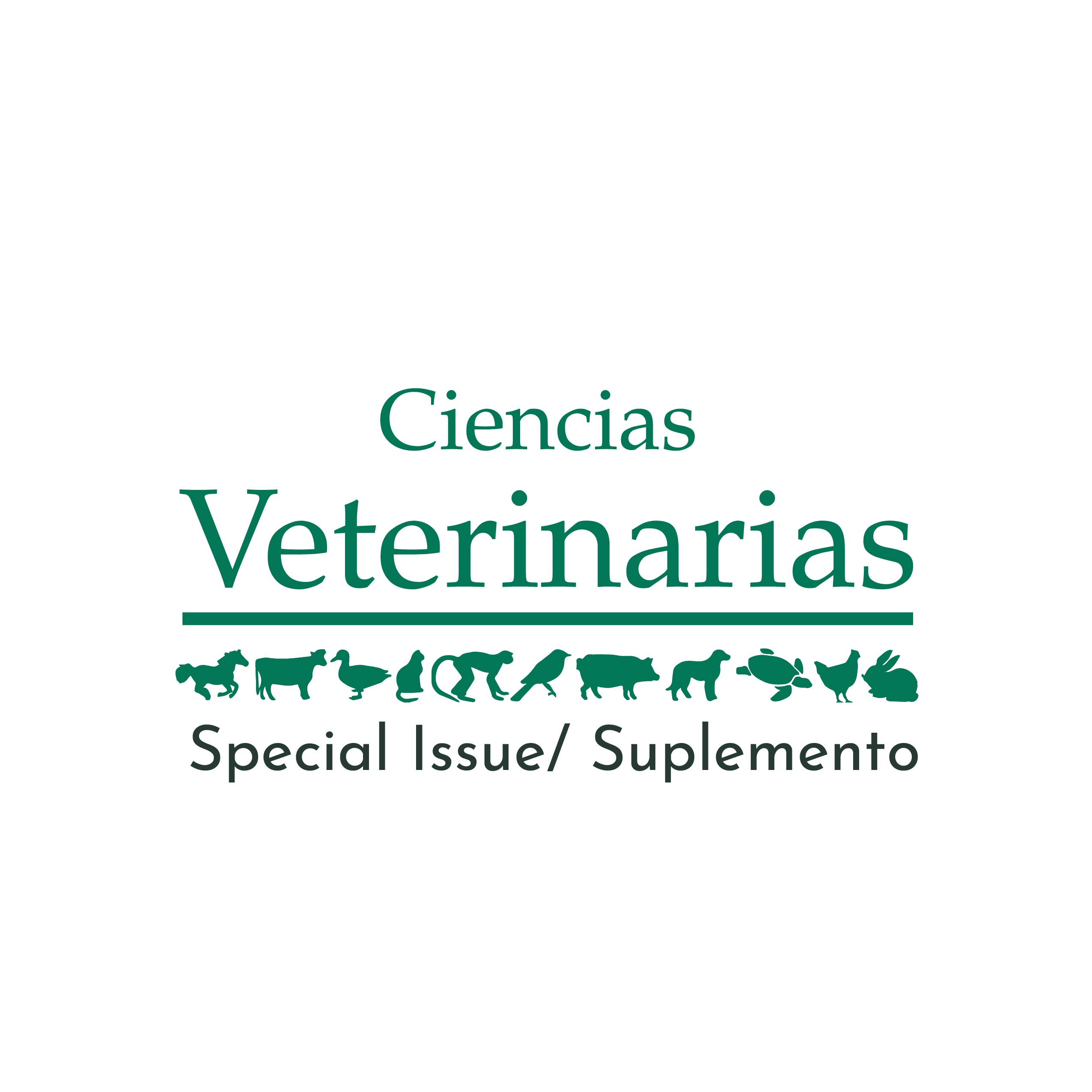Potencial de Células Madre Pluripotentes libres de integración en la regeneración músculo-esquelética
DOI:
https://doi.org/10.15359/rcv.37-3.9Resumen
Stem cell therapies hold promise for the treatment of musculoskeletal disorders. Mesenchymal stem cells (MSCs) derived from adult tissues are the most common type of stem cells being investigated for biomedical applications among all stem cell types. However, studies have shown that MSC properties and functions are largely affected by age and health condition of the donor, which often causes inconsistency in therapeutic outcomes. This is a critical challenge that needs to be addressed before the promise of stem cells for therapies can be fulfilled. Our group has worked on tackling the challenge for more than a decade by developing strategies such as priming the cell with regulatory molecules or hypoxia culture. Recently, we successfully reprogramed human and pig somatic cells into induced pluripotent stem cells (iPSCs) using the integration-free episomal method and subsequently derived MSCs from iPSCs for evaluation of potential orthopedic applications. Our study results showed that through cellular reprogramming the capacity of cell propagation and multilineage differentiation of MSCs was greatly enhanced and the expression of aging-associated markers in the cell was significantly downregulated, suggesting that cellular reprogramming can rejuvenate MSCs to increase the regenerative capability, and our approach converting MSCs into iPSCs is promising for addressing the challenge of reduced therapeutic potential associated with MSC aging. In addition, we found that during chondrogenic induction reprogramed MSCs increasingly differentiated into hyaline chondrocytes expressing cartilage-specific markers, compared to control parental cells, suggesting that iPSC-derived MSCs are promising therapeutic agents for articular cartilage regeneration. In general, our findings highlight the potential of iPSCs in better understanding aging-associated musculoskeletal disorders and providing biological options for the treatment.
Referencias
Li, W.J., Jiao, H. & Walczak, B.E. 2019. Emerging opportunities for induced pluripotent stem cells in orthopedics. J. Orthop. Translat. 17: 73-81. DOI: 10.1016/j.jot.2019.03.001
Descargas
Publicado
Cómo citar
Número
Sección
Licencia
Licenciamiento de los artículos
Todo artículo se publicará con una licencia:

Licencia Creative Commons Atribución-NoComercial-SinDerivadas 3.0 Costa Rica.
El acceso a esta revista es gratuito, solo se debe citar en forma completa el artículo y la revista.
Los derechos de propiedad intelectual son del autor. Una vez aceptado el artículo para su publicación el autor cede a la Revista los derechos de reproducción.
La Revista de Ciencias Veterinarias autoriza la impresión de artículos y fotocopias para uso personal. También, se promueve el uso para fines educacionales. Especialmente: instituciones podrán crear enlaces a artículos específicos que se encuentren en el servidor de la revista a fin de conformar paquetes de cursos, seminarios o como material de instrucción.
El autor puede colocar una copia de la versión definitiva en su servidor aunque se recomienda que mantenga un enlace al servidor de la revista donde está el artículo original.
Las violaciones de propiedad intelectual recaen sobre quien la realizó. No es responsable la empresa o institución que da acceso a los contenidos, ya sea porque actúa sólo como transmisora de información (por ejemplo, proveedores de acceso a Internet) o porque ofrece servicios públicos de servidores.







